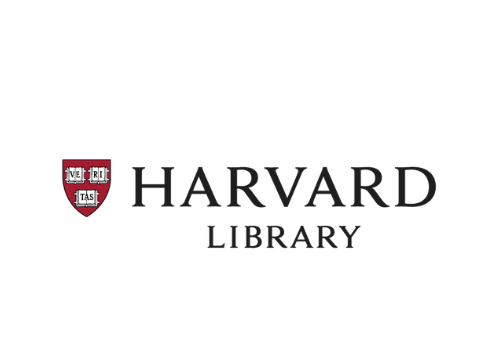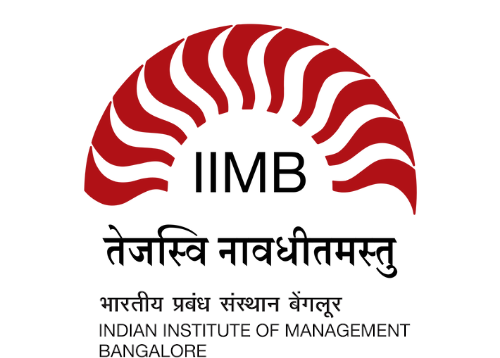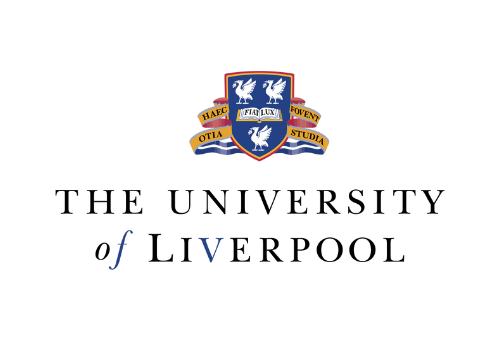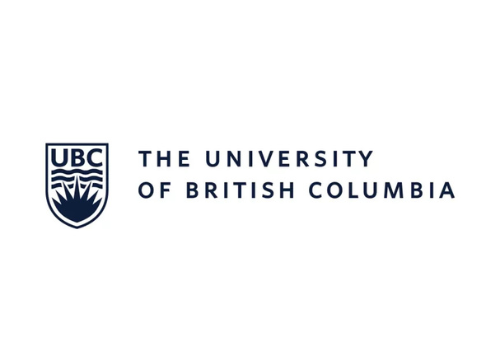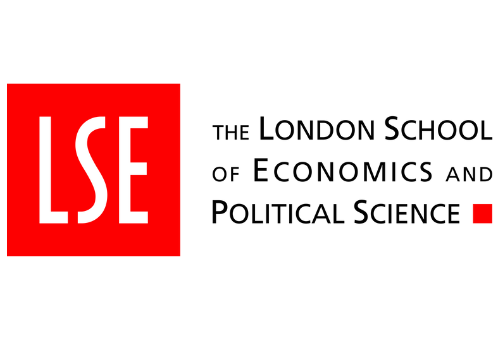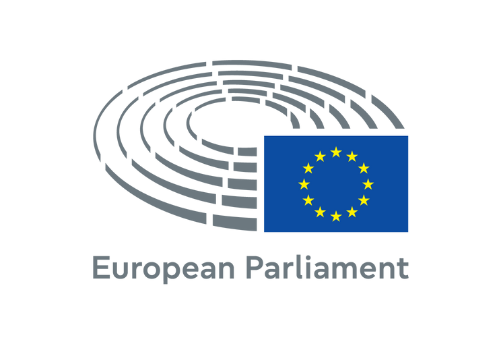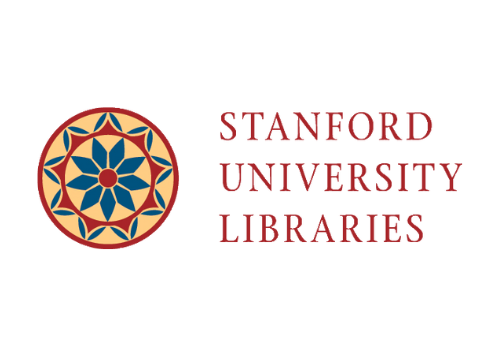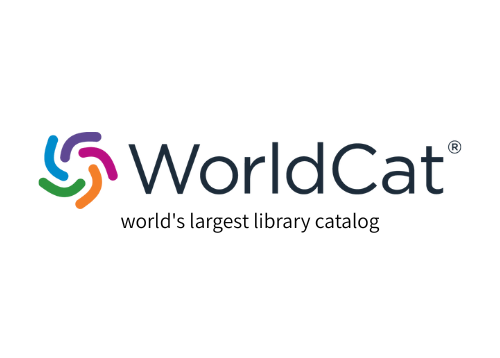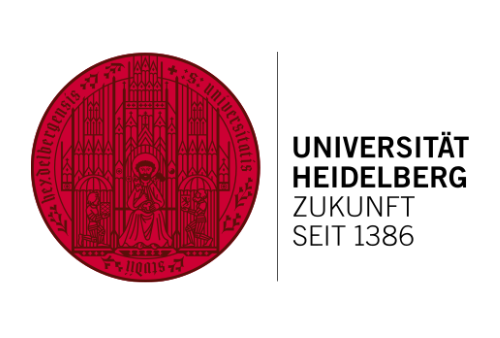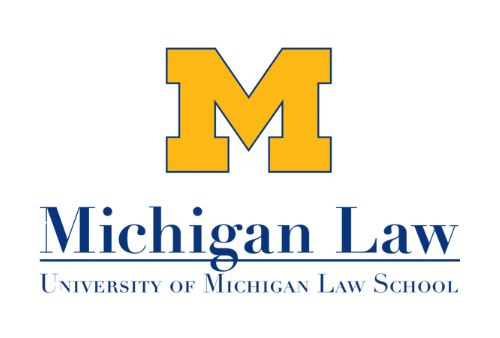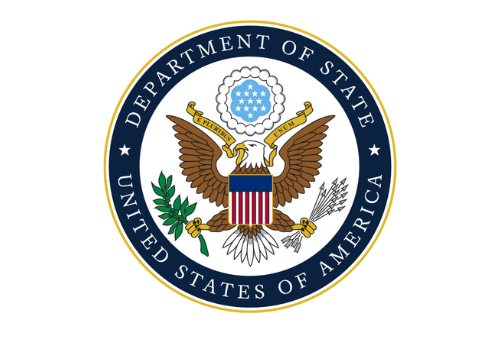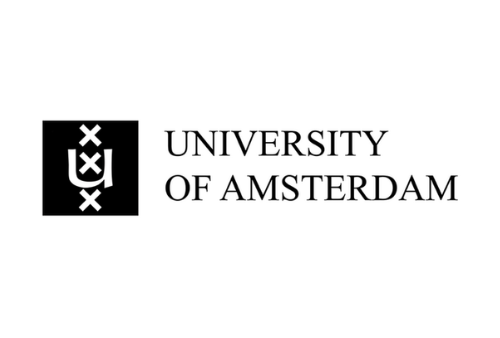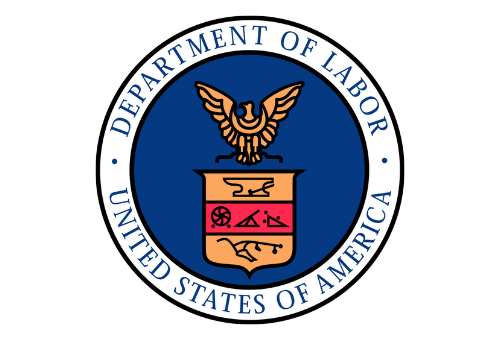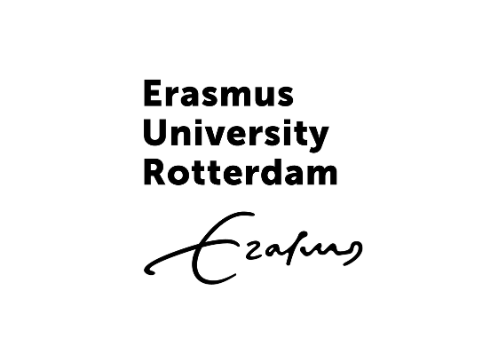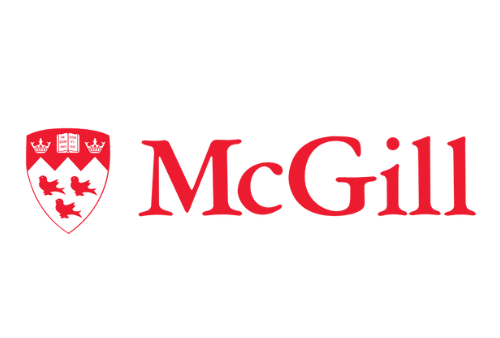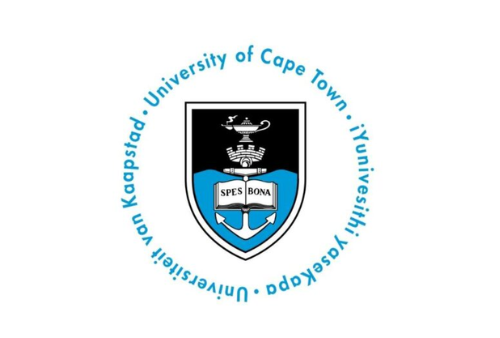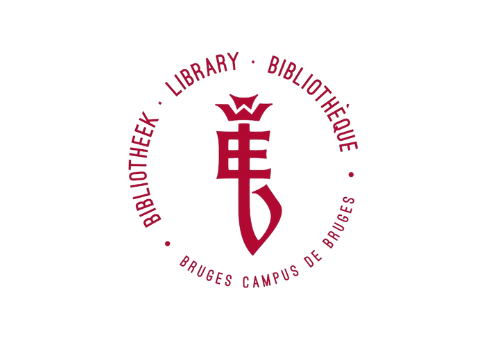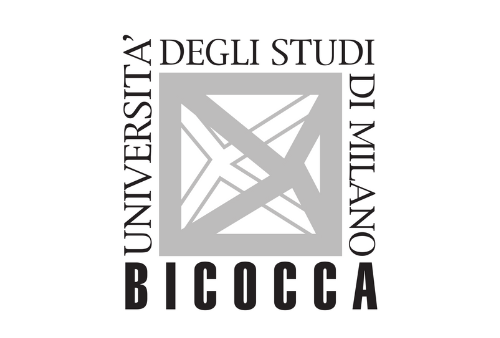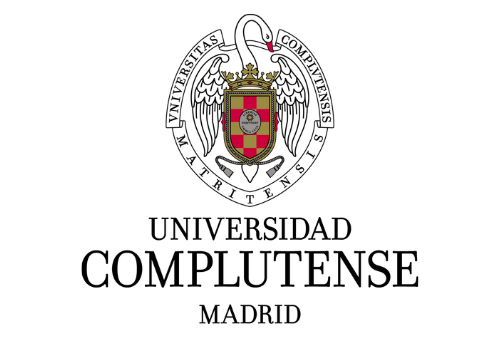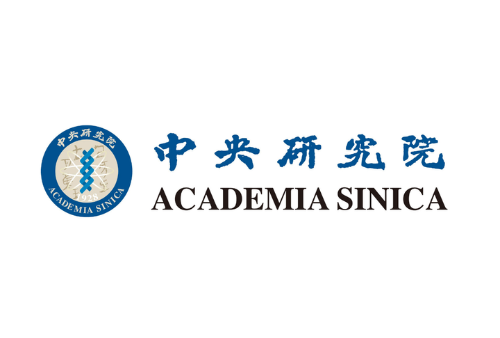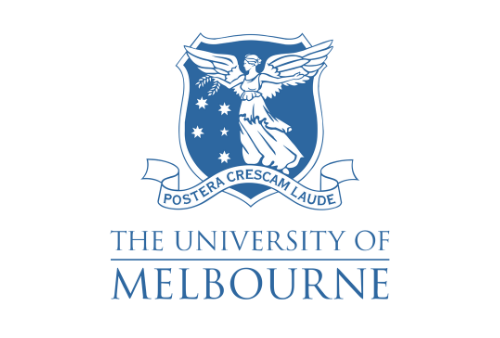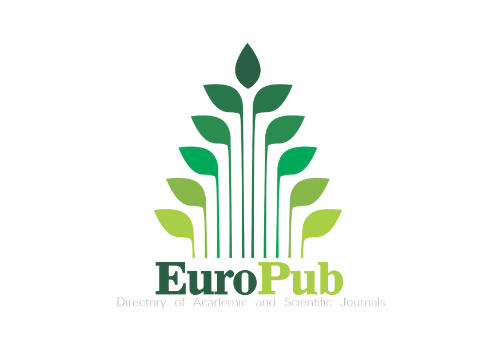JUDICIAL PRECEDENTS AND THE ONTOLOGY OF LAW
Emmanuel Iniobong Archibong, Ph.D., Department of Philosophy, University of Uyo, Uyo, Nigeria
Gloria Oluchukwu Igalawuye, Department of Law, School of Law and Security Studies, Babcock University, Ilishan Remo, Nigeria
Bar. Emmanuel Ekwuoba Emeka, University of Fribourg, Fribourg Switzerland, Department of Int’l Business Law (IBL)
Barr. Abel Okafor-Nduka, Private Legal Practitioner and Independent Researcher, Nigeria
The doctrine of judicial precedent occupies a central place in legal systems based on consistency, continuity, and structured legal reasoning. However, the ontological status of precedent, which translate to “what kind of legal being it constitutes or projects” remains under-theorised. This study examined judicial precedent not simply as a doctrine of rule-following, but as an ontological construct that shapes the “being and evolution” of law. Drawing on Hans-Georg Gadamer’s legal hermeneutics, the study employs a philosophical-interpretive framework to analyse how precedents bring law into “being” and how their authority transforms across historical and normative contexts. The analysis revealed that precedent is not a neutral repository of legal knowledge but an interpretive ritual that both stabilises and reshaped law’s ontological footprint. Through a hermeneutic reading of jurisprudential texts and selective case illustrations, the study identified a dialectic between precedent’s formal binding force and its capacity for normative reconstruction. The findings challenged the view that precedent is not merely constraining but constitutive, reflective of and generative of law’s identity. This study offered a reconceptualization of precedent as a site of ontological performance, contributing to legal theory by shifting focus from doctrinal continuity to interpretive and philosophical responsibility.
| 📄 Type | 🔍 Information |
|---|---|
| Research Paper | LawFoyer International Journal of Doctrinal Legal Research (LIJDLR), Volume 3, Issue 3, Page 51–69. |
| 🔗 Creative Commons | © Copyright |
| This work is licensed under a Creative Commons Attribution-NonCommercial 4.0 International License . | © Authors, 2025. All rights reserved. |


